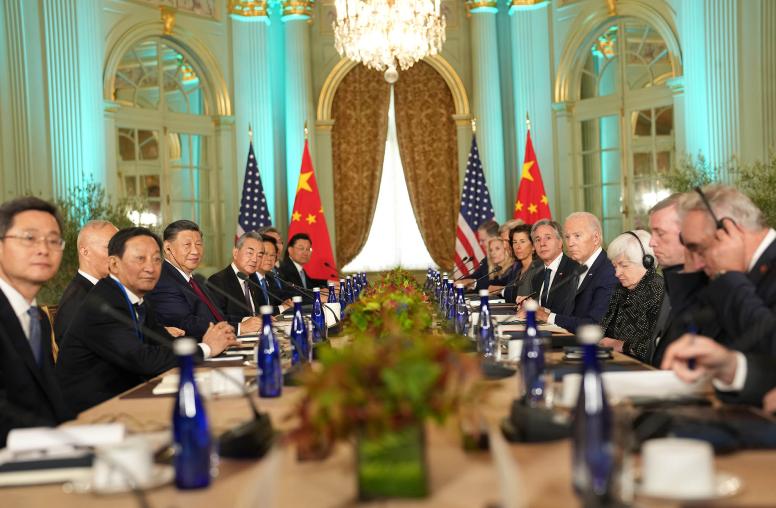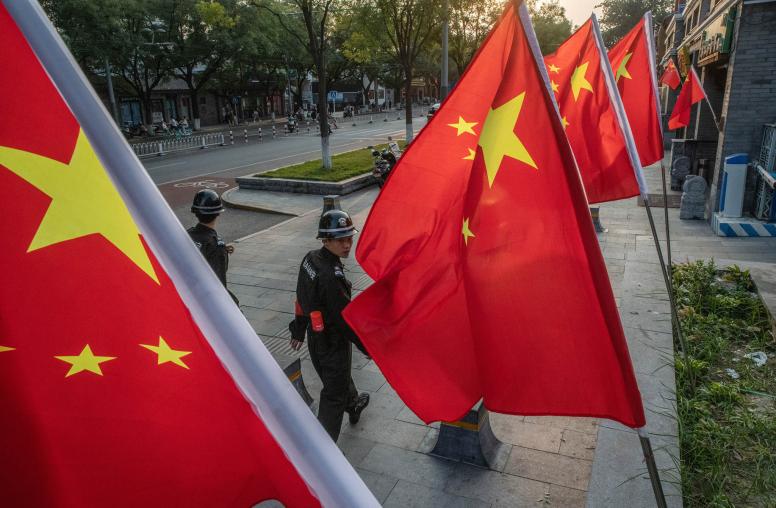U.S.-China Crisis Communications in Dire Straits
How Can Washington and Beijing Manage the Risk of Conflict?
Amid intensifying strategic competition, mutual suspicions, and more frequent close encounters between U.S. and Chinese crafts in the air and at sea, there is a growing danger that an inadvertent crisis between the two countries could catalyze a military clash. And yet, both sides lack effective communication channels and other mechanisms that would reduce the risk of escalation. U.S. Secretary of Defense Lloyd Austin recently sought a meeting with his Chinese counterpart but was rebuffed by Beijing officials, who blamed Washington for the challenges in bilateral military-to-military communications.
U.S. efforts to establish crisis communication mechanisms have a history of failure. Some observers now speculate that it will take a bilateral crisis as potentially catastrophic as the Cuban missile crisis before U.S.-China crisis management mechanisms are institutionalized.
On June 13, USIP hosted a discussion on the challenges of U.S.-China crisis management. The conversation explored the assumptions that the United States and China hold about one other that could turn a crisis into a conflict, considered how to mitigate this possibility, and discussed previous efforts to negotiate improved communications with Beijing.
Take part in the conversation on Twitter using #USChinaComms.
Speakers
Chad Sbragia
Research Analyst, Institute for Defense Analyses
Devin Ellis
Senior Faculty Specialist, College of Behavioral and Social Sciences, University of Maryland
Michael D. Swaine
Senior Research Fellow, Quincy Institute for Responsible Statecraft
Carla Freeman, moderator
Senior Expert, China, U.S. Institute of Peace



